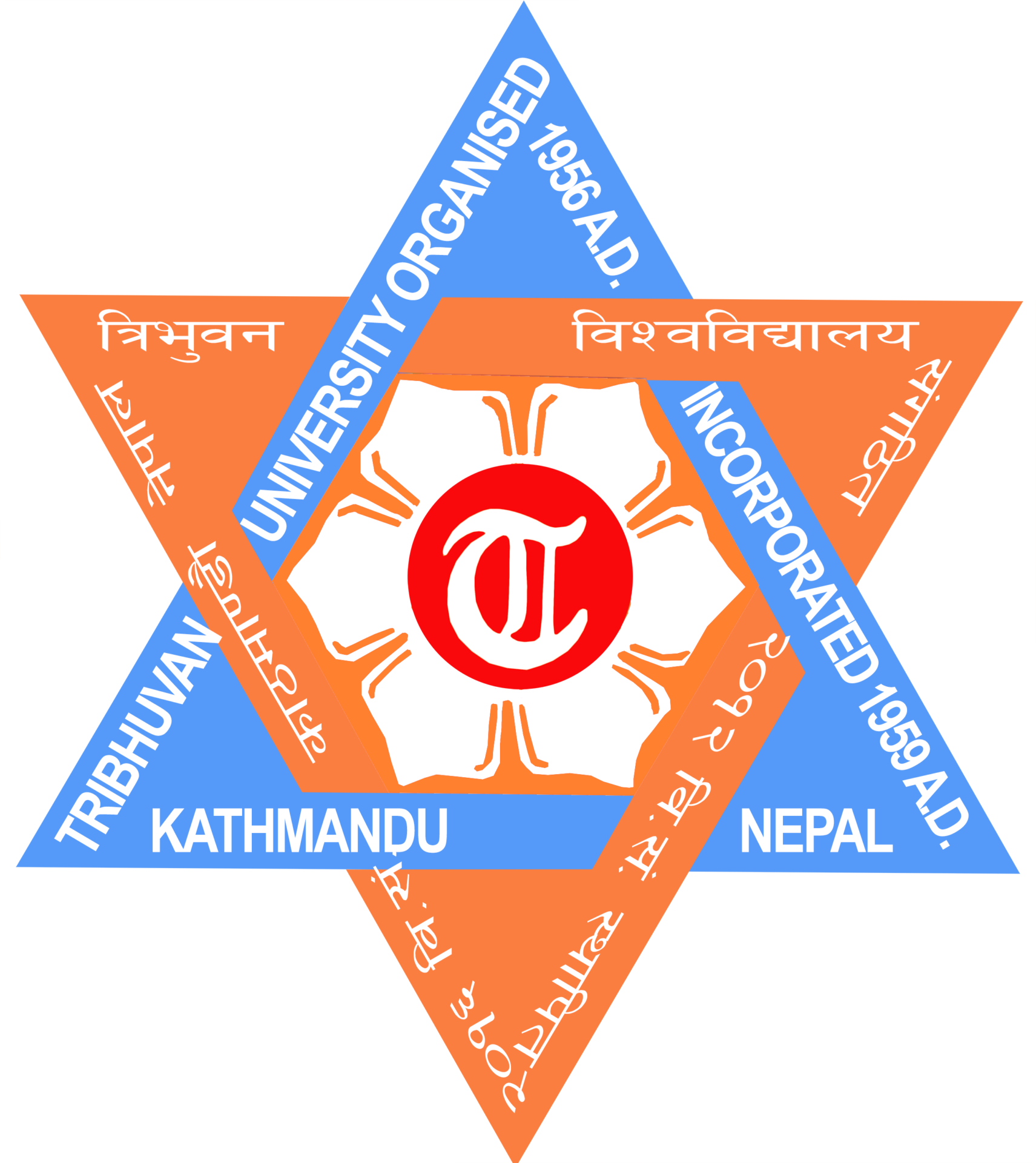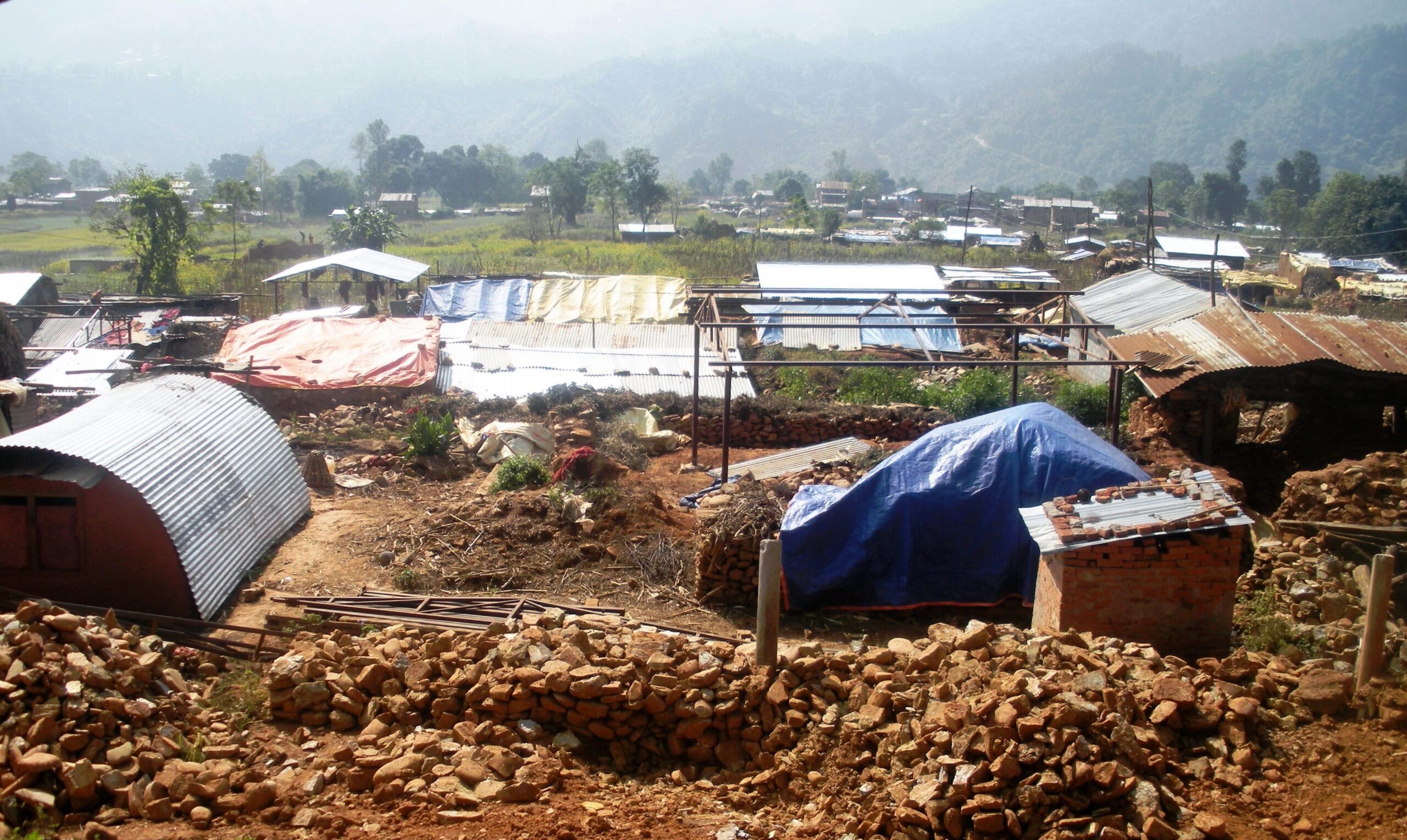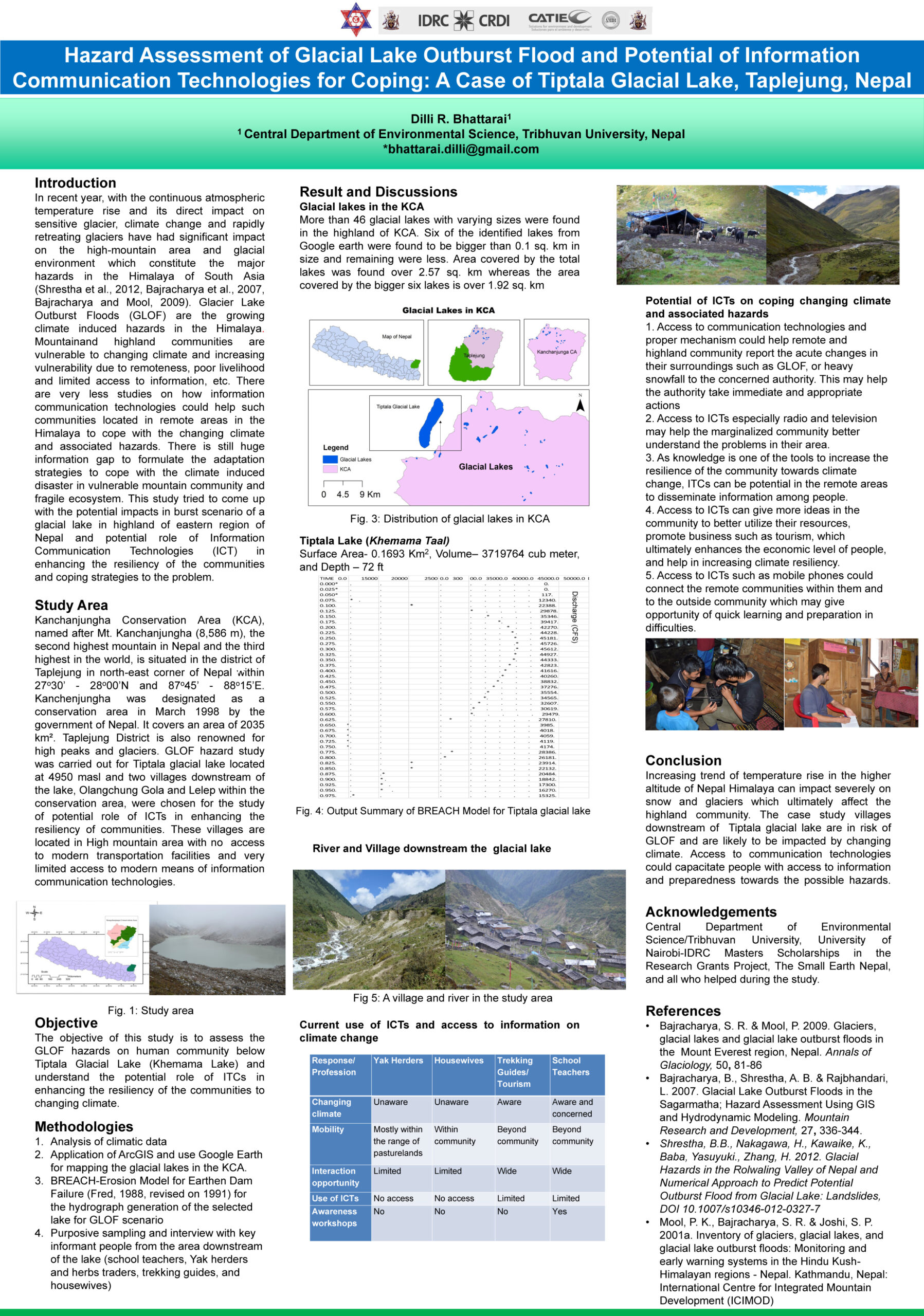Tribhuvan University

Tribhuvan University (henceforth, TU) is the first national institution of higher education in Nepal. It was established in 1959 A.D. and named after the late King Tribhuvan. The Central Administrative Office and the Central Campus of the university are located on the north eastern facade of Kirtipur, an ancient and small town located five kilometers away from downtown Kathmandu. There are five Institutes, four Faculties, thirty eight Central Departments, four Research Centres and sixty Constituent campuses in TU and out of them one Institute, three Faculties, 32 Departments, 3 Research Centres and two Constituent campuses are at Kirtipur. The university at Kirtipur is spread over an area of 154.77 hector (3042-5-2 ropani).
Main objectives of TU
The university was established with the following objectives:
- To prepare capable human resources required for the overall development of Nepal
- To impart standard higher education
- To protect and develop national culture and tradition
- To involve in extensive, empirical and timely creation of knowledge and research in the fields of arts, science, technology and vocation
Central Department of Environmental Science (CDES)
The Central Department of Environmental Science (CDES) was established in 2001 under the aegis of Institute of Science andTechnology, Tribhuvan University (IOST-TU) with an objective to produce technically sound and competent human resource in the field of Environmental Science and Technology. It offers Master of Science (MSc) and Doctor of Philosophy (PhD) programs in Environmental Science.
Since its inception, the department is working hand in hand with various national and international development partners, research institutions and universities with the aim of continuous exchange of knowledge, skill and experience in the field of Environmental Science and Technology.


